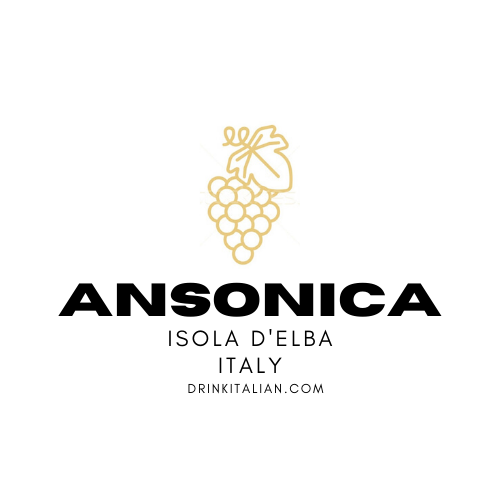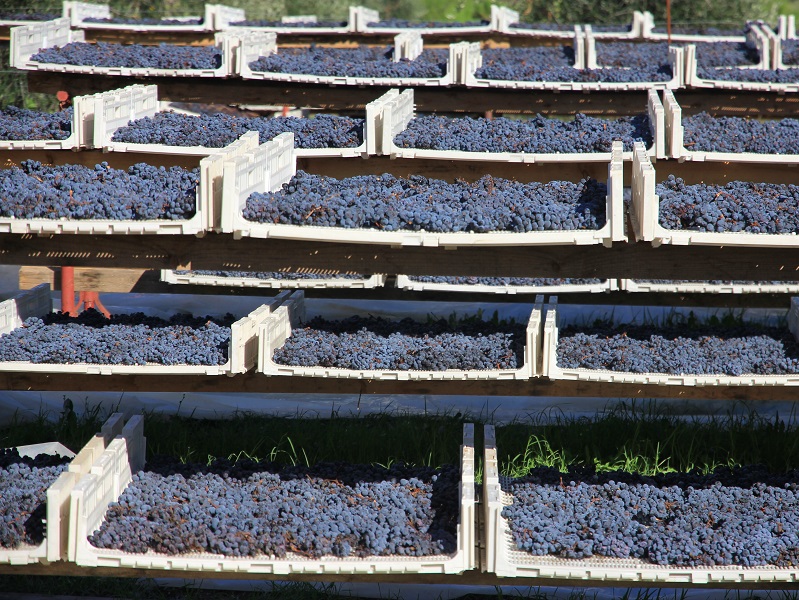IGP Allerona
IGP Allerona: This appellation from Umbria lies to Allerona, Castelgiorgio, and Castelviscardo in the province of Terni. White Graps are Albana, Bellone, Biancame, Bombino Bianco, Chardonnay, Falanghina, Fiano, Friulano, Garganega, Gewürztraminer, Grechetto, Greco, Maceratino, Malvasia, Manzoni Bianco, Montonico Bianco, Moscato, Mostosa, Müller-Thurgau, Passerina, Pecorino, Pinot Bianco, Pinot Grigio, Riesling, Sauvignon Blanc, Semillon, Sylvaner Verde, Trebbiano, Verdello, Verdicchio, Vermentino, Vernaccia, Viognier, Welschriesling (Riesling Italico). Principal Red Grape Varieties are Aglianico, Aleatico, Alicante, Barbera, Cabernet Franc, Cabernet Sauvignon, Canaiolo Nero, Carignano, Cesanese, Ciliegiolo, Dolcetto, Gaglioppo, Gamay, Grechetto Rosso, Lacrima, Malbec, Malvasia Nera, Merlot, Montepulciano, Nero d’Avola (Calabrese), Pinot Nero, Primitivo, Rebo, Refosco, Sagrantino, Sangiovese, Syrah, Vernaccia Nera. The Minimum alcohol level is 10.5% for Bianco and all frizzante wines; 11.0% for white varietals, Rosato, Rosso, and all Novello wines; 11.5% for rosato varietals; 12.0% for red varietals; 15.0% potential for Passito
Gaglioppo GRAPE
Gaglioppo is an ancient, indigenous varietal grown in Calabria, Umbria, Marche and Abruzzo. The most well-recognized wines of Gaglioppo are made in Calabria and namely in the Cirò DOC.
Gaglioppo – Origins
Gaglioppo is believed to be the source for the Krimisa wines, those given to the winners of the Ancient Greek Olympics. The name is derived from the Greek for “Beautiful Feet” and has been cultivated in Calabria for millennia. Research shows that Gaglioppo is the natural crossing of Sangiovese and Montonico.
Gaglioppo is deeply colored on the vine with high potential alcohol at full ripeness.
In the Vineyard
Gaglioppo is deeply colored on the vine with high potential alcohol at full ripeness. It struggles with drought conditions and fungal vine diseases (e.g., Peronospora and Oidium) but is highly resistant to frost. Gaglioppo is a difficult varietal to manage in the vineyard and those difficulties transfer to the winery as the grape is susceptible to oxidation and expresses high tannin levels. The varietal has tremendous potential and is receiving increased attention by a new class of winemakers. There is a significant and recent focus on quality production, especially in Calabria and the Cirò DOC. Where it was once cultivated primarily for transportation to other regions for blending, Gaglioppo is being pursued as a high quality but early drinking wines (within 3-5 years).
Wine Regions in which it is cultivated
Cirò is the oldest DOC in Calabria as it was established in 1969. It is located on the central coast of the Ionion sea and encompasses a winegrowing area that extends from the Sila Range foothills to the coastal city of Cirò Marina and the surrounding hills. The Classico region of Cirò is assigned to wines produced in the city areas of Cirò and Cirò Marina. Gaglioppo is considered the most important grape varietal forms the backbone of Cirò wine production.
Wines in which it is used
Gaglioppo is used to produce rosato wines produced from a minimum of 80% Gaglioppo and 20% maximum of Barbera, Cabernet Franc, Merlot, Sangiovese or Cabernet Sauvignon. Non-varietal red wines are the key wines of Gaglioppo and are produced from a mimimum 80% Gaglioppo with blending options that are identical to the Rosato options. These red wines are produced in Rosso, Riserva, Superiore and Superiore Riserva versions.
Blending partners
Blending partners are Barbera, Cabernet Franc, Merlot, Sangiovese or Cabernet Sauvignon and together can contribute up to 20% of a blend.
Tasting notes
Gaglioppo produces wines of weight and high structure. While the grapes have intense color, the resulting wines can be pale and often have a slight orangish hue, a sign of their oxidation susceptibility. Aromas and flavors of Pomegranite and red berries dominate the wines with undertones of strong minerality and dried herbs. As one might expect, Gaglioppo wines pair well with the spicy Calabrian cuisine but they are also quite versatile. Pork sausage, seafood, vegetable dishes or pasta are all options for pairing with Cirò wines. They are rarely consumed without food.
Noteworthy producers
Librandi is the most well-known producer in the area. They are a fourth generation family-run operation, located in Cirò Marina. They produce wines across the spectrum at a price point of $10-15. None of their wines see oak. Additional noteworthy producers include Statti and Oddardi.
We are working on this IGP Allerona appellation description.
Please come back soon.
Send us an e-mail if you are looking for more info at
cheers@drinkitalian.com
In the meantime, if you are in the mood for a good book, you can try:
– The Modern History of Italian Wine by Walter Filipputti
– Hidden Gems of Italy: An Insider’s Secret Formula To Find Top-Class Italian Wines At Value Prices And Taste La Dolce Vita by Tony Margiotta
Additionally, you can discover the other wines from Umbria.



